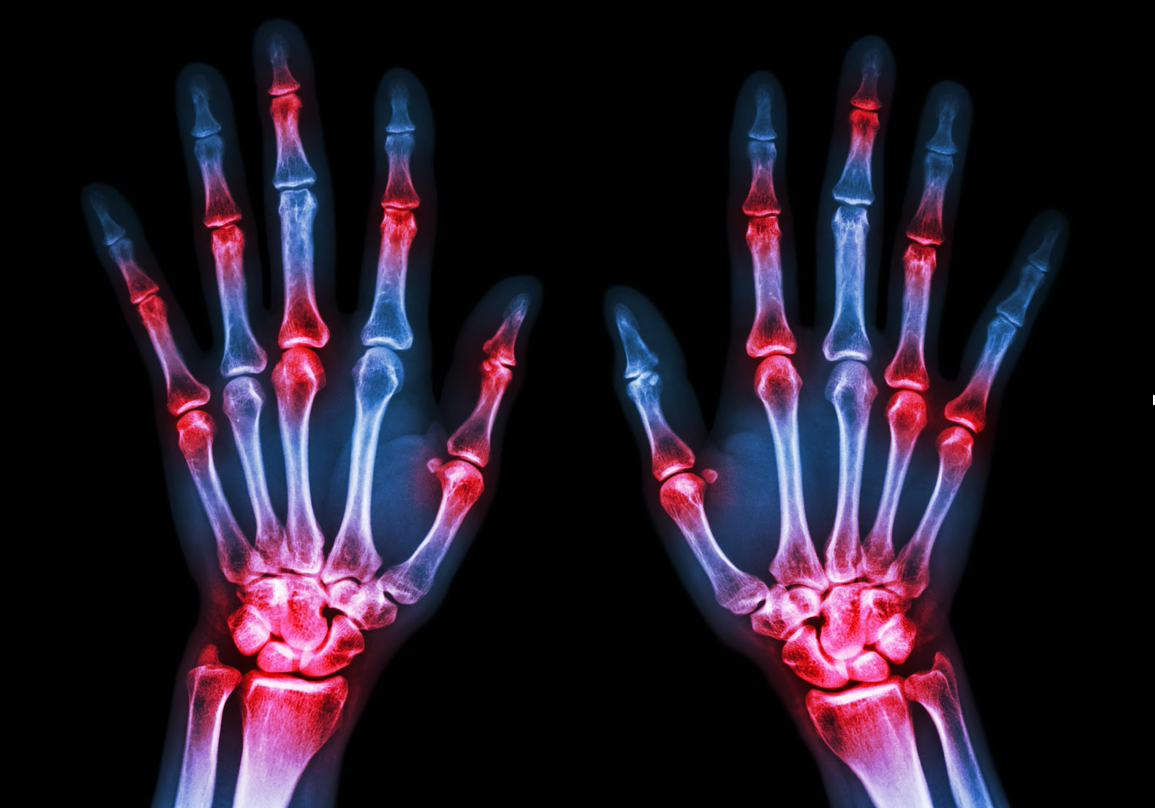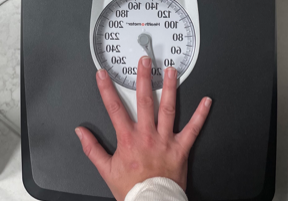Outcomes of Dorsal Bridging Plates
Fares, A. B., Childs, B. R., Polmear, M. M., Clark, D. M., Nesti, L. J., & Dunn, J. C. (2021). Dorsal Bridge Plate for Distal Radius Fractures: A Systematic Review. The Journal of Hand Surgery. https://doi-org.methodistlibrary.idm.oclc.org/10.1016/j.jhsa.2020.11.026
The Skinny
Distal radius fractures (DRF) are a common injury that we see in the hand therapy field. Most often, DRFs are treated with an ORIF volar plate or even a volar spanning plate. However, with more significant DRFs, it is common to see dorsal bridging/spanning plates for internal fixation. However, this method prevents flexion/extension and radial/ulnar deviation of the wrist for an extended period of time. This systematic review identified the long-term outcomes for patients who had a dorsal bridging plate for DRFs.
In the Weeds
The authors identified a total of 206 articles and narrowed it down to 12 articles that met their inclusion criteria. The studies included were peer-reviewed, from the English language North American or European journal, participants must have had a dorsal bridging plate for a DRF, and the results must have stated outcome measures such as range of motion, strength, complications, and functional outcomes. Next, the studies were analyzed for outcomes and assessment results.
Bringing it Home
Overall, the most common fractures treated with a dorsal bridging plate had a comminuted or intraarticular fracture and were from a polytrauma accident. The mean timeframe for DBP placement to removal was an average of 119 days. After hardware removal, at the final visit, the average wrist flexion was 45 degrees, the average wrist extension was 50 degrees, pronation was at 75 degrees, and supination was at 73 degrees. The mean DASH score was 26.1 and the mean QuickDASH score was 19.8. Complications for the DBP were 13%, varying from hardware failure, symptomatic malunion, and persistent pain. About a 10-degree extension lag was present in 12% of participants and persistent pain was found in 9% of participants.
From the study results, patients with a DBP demonstrated an average flexion and extension arc of 95 degrees, displaying a functional ROM for completion of ADLs. Most patients demonstrated functional ROM about three months after dorsal spanning plate removal. The authors also identified little evidence to support the notion of prolonged fixation leading to notable loss of range of motion. Regarding infection rates, the DBP and the volar locking plate (VLP) had a 3% inflection rate for deep and superficial infection. In contrast, fractures treated with external fixation had a superficial infection rate of 21%.
Rating (4)
The review provided accurate insight into long-term outcomes of distal radius fractures fixated with dorsal blocking plates. Some limitations include a small sample size within most studies, the variation of injuries related to polytraumas, and limited knowledge of patient outcomes beyond 1 year post-accident, such as the possibility of posttraumatic osteoarthritis. However, the review concluded that most studies provided similar outcomes regarding wrist ROM, fracture type, and complications suggesting reliable and valid evidence produced by the studies included in the review.
Dy, C. J., Wolfe, S. W., Jupiter, J. B., Blazar, P. E., Ruch, D. S., & Hanel, D. P. (2014). Distal radius fractures: strategic alternatives to volar plate fixation. Instructional Course Lectures, 63, 27–37.
13 Comments
Leave a Reply Cancel Reply
More To Read
7 Tips for your Osteo Arthritis Patients!
7 Tips for your OA Patients! Managing Osteoarthritis in the Hand Our hands are one of the most intricate structures in the human body. They are composed of a network of tendons, ligaments, and nerves that make it possible to perform daily tasks such as unlocking a door, peeling an egg, or sending an email…
Read MoreUpper extremity weight-bearing tolerance
Barlow, S.J., Scholtz, J. & Medeiros (2020). Wrist weight-bearing tolerance in healthy adults. Journal of Hand Therapy, xxx currently in press. The Skinny Wrist pain and instability are common occurrences and can occur with acute or chronic injuries. This leads to significant dysfunction, including the inability to tolerate axial loading through the upper extremity. There is…
Read MoreOutcomes of Rigid Night Splinting and Activity Modification in the Treatment of Cubital Tunnel Syndrome
Shah, C. M., Calfee, R. P., Gelberman, R. H., & Goldfarb, C. A. (2013). Outcomes of rigid night splinting and activity modification in the treatment of cubital tunnel syndrome (night splint for cubital tunnel syndrome). The Journal of Hand Surgery, 38(6), 1125–1130.e1. https://doi.org/10.1016/j.jhsa.2013.02.039 By: Sophia Grimm The Skinny: The purpose of this study was to…
Read MoreSign-up to Get Updates Straight to Your Inbox!
Sign up with us and we will send you regular blog posts on everything hand therapy, notices every time we upload new videos and tutorials, along with handout, protocols, and other useful information.






Thank you for the review! It is helpful.
Thank you for this. In all my years in hand therapy I have yet to come across this, but this article was very informative and reassuring. Thank you.
That was a very helpful review! Thank you!
I had this plate installed in my left arm in June 2020, removed in September 2020. I was in PT for 1.5 years. I am still in constant misery with tightness, stiffness, limited upward movement of digits, and now arthritis of wrist. It is miserable and I wouldn’t wish it on anyone. The surgeon should have advised me of the potential complications, I would have never agreed to this surgery. I was 69 at time of fall, have osteoporosis.
Unfortunately Pamela these tend to get used only on very severe fractures which tend to have worse outcomes however they are treated.
I have this in my wrist after a bad fall. It’s scheduled for removal May 2023. I can already bend my fingers and starting to hold light things. My thumb still hurts to move. I’m hoping that gets better. I’m 60.
I have this on my right wrist. Almost ready for removal. I can move my fingers, straighten them, I can touch my thumb to pinky, make a fist. The tightness is brutal. But hopefully I continue to improve after removal.
I sustained a comminuted DRF of my right wrist 2 1/2 months ago while cycling. I was initially treated with volar plates to my radius and ulna. At the two week postop visit the radius plate had pulled out of position, so I underwent placement of a dorsal wrist span plate. The post op pain was off any pain scale for a day!! Wow! I am a bit over 4 weeks post op (2nd surgery) and have significant stiffness and I’m not yet able to touch my thumb to my pinky, my grip strength remains almost nonexistent. The plan is to remove at 10 weeks post op. I’m trying to be patient. I am 65 & had a recent normal bone density scan.
I agree with the above comments. I had a dorsal spanning plate removed after 10 weeks. I am a month out and cannot straighten my fingers, can’t make a fist, & its painful and miserable. I’m 65 years old & super fit. This has been worse than a bilateral mastectomy! I wouldn’t wish it on anyone either, and was not informed of what my rehab would be.
Had severe DRF, Dr’s said “shattered”. Had a volat plate & dorsal bridging plate via 3 incisions closed w/ 62 staples on 7/26/23. Have very good finger movement via therapy but a presumed torn tendon -lost thumb extension at 8 wks. Dr & lots of articles I’ve read say this fairly common. Pain has been minimal since surgery. Dorsal plate to be rmvd 10/25/23 & tendon repair or transplant from index finger if required. I am 67, would have preferred to not had the experience but and happy with everything this far.
I had one of these put in September 15th 2022 and taken out 9th December 2022. Have very little flexi on in my wrist, I got just about enough extension to do normal day to day stuff. I cannot make a full fist now and have been told I never will again. I cannot bear any weight on that hand and struggle to pick up small things. It’s been tough. I’m 36.
I had an accident and was had to undergo a dorsal bridging plate surgery and that was in 2019.
I was never told that I should go back for a second surgery and have it removed. Few years later until today it is infected and everyday there is pus coming out of the surgical spot since then.
is there any way I can get help?? and what are the chances If I had to remove the plate??
I got a spanning plate two months ago and am planned to have it removed in another month. I can move my digits well, have no pain anymore and use the hand almost normally, except for upward and downwards movements that I have learned to compensate for. I am considering cancellling the removal of the plate. Am 75 years old and live a life without challenges. Can drive my car, cook, eat, maintain my home. Is it possible to live with the plate for the rest of my live?